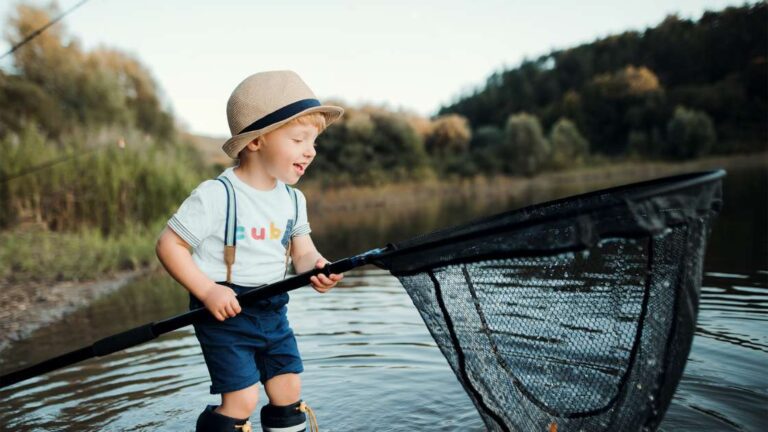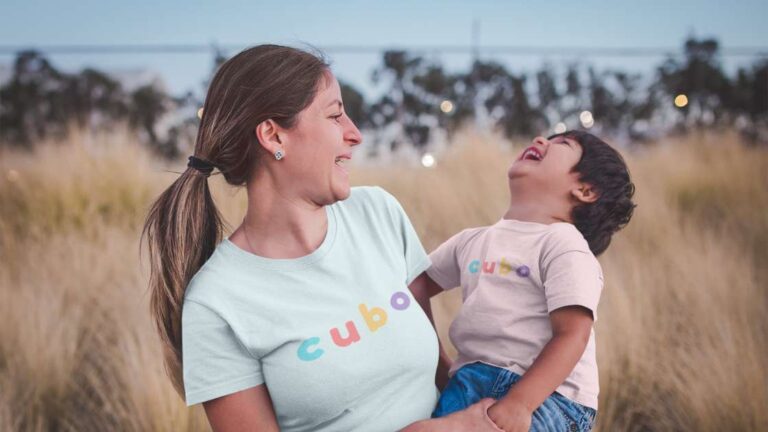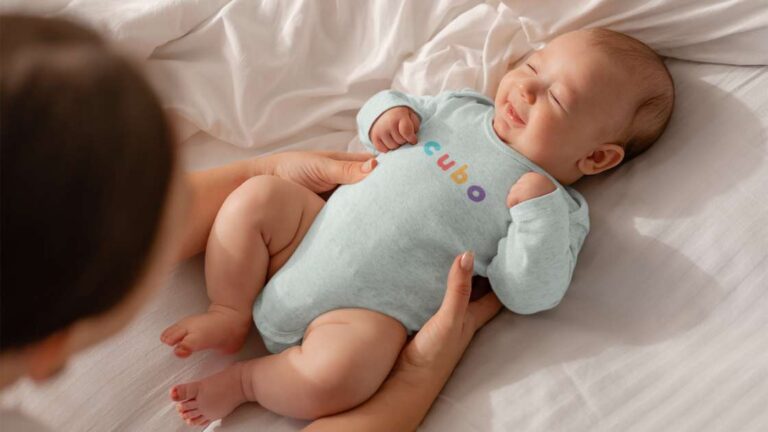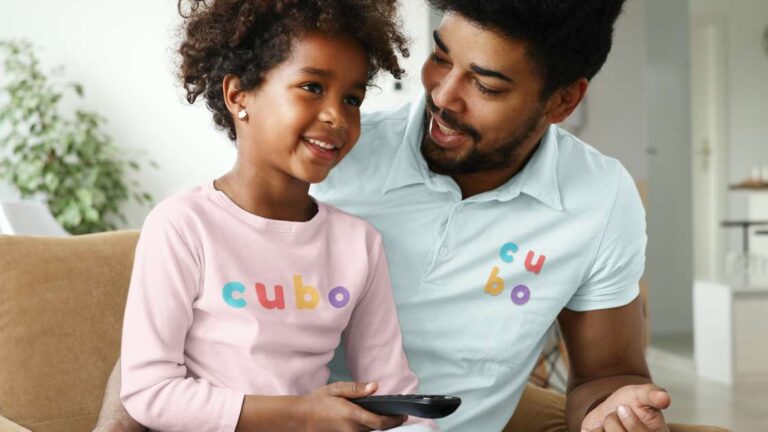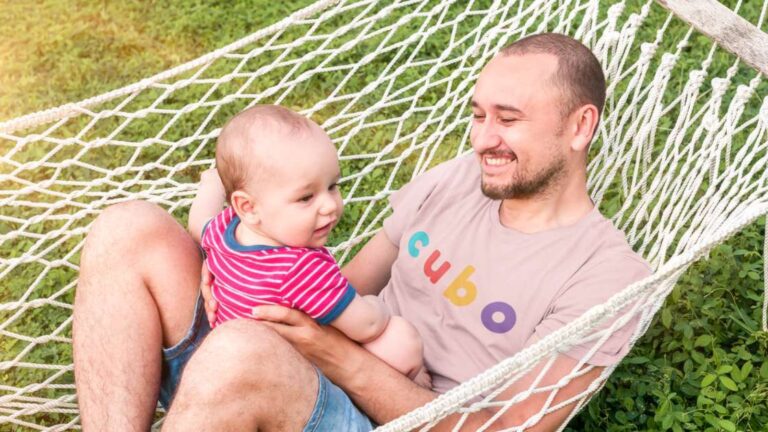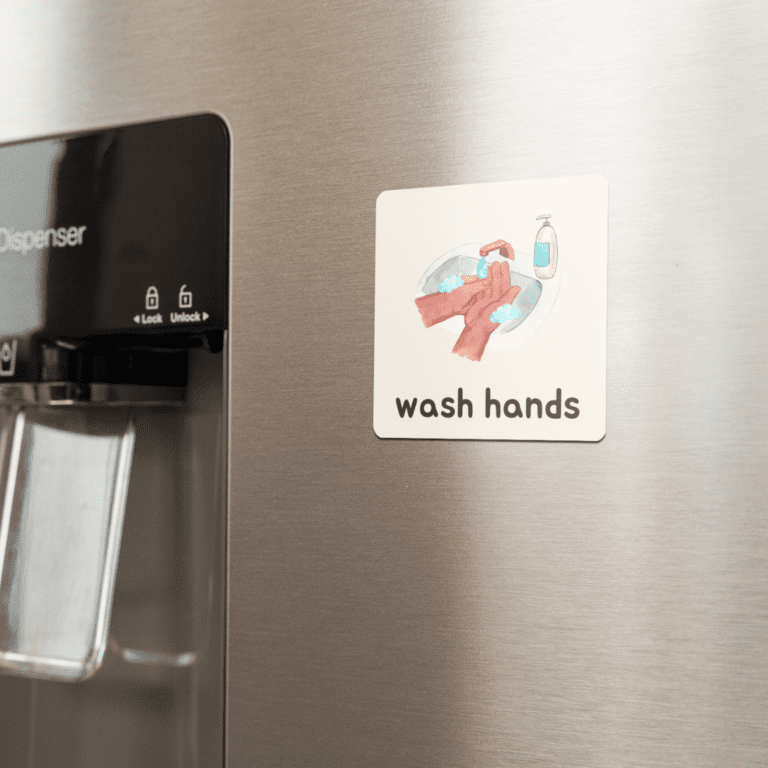Working in a Reggio-inspired long daycare was magical for me. The place was both inviting, warm, and nature-inspired. A key principle I’ve learned is how children play with light. At home, my baby craves to open and close the light with a button. My preschooler, she’s amazed at how the light bounced from my phone to the ceiling and tries to move it in different directions. Light and shadows play an essential part in children’s learning about the world that our center has made a space dedicated just for that.
If you love teaching kids about STEM, we wrote how to teach math to toddlers and how to raise a generation of engineers.

Playing with light can also be seen in the babies’ and playgroups’ curriculum. During a children’s festival in Melbourne, we attended a sensory workshop for babies in the Science Museum. They’ve put us in a circle, mums holding a round fabric on top of the babies, and the hosts placed led lights, veins, and soft toy animals that made it look like a night in the forest. I must admit, it was a delight to see even for an adult like me.
What are the ways that we can play with light?

1 / Light and Shadows
Outdoors, children can use the sun’s rays to make shadows of their own. They can also use varying objects like toys, puppets, or art materials to play with. A few hypotheses that children can learn here will be the movement of shadow during play, the directional impact of light to shadow when placed at different heights or positions, and the concept of transparency. The principle of transparency will show the subtle effect of how light passes through objects, which will be more evident in the next item.
A few other light sources that can be used indoors are flashlights, twinkly lights, led lights, lamps, and overhead projectors.
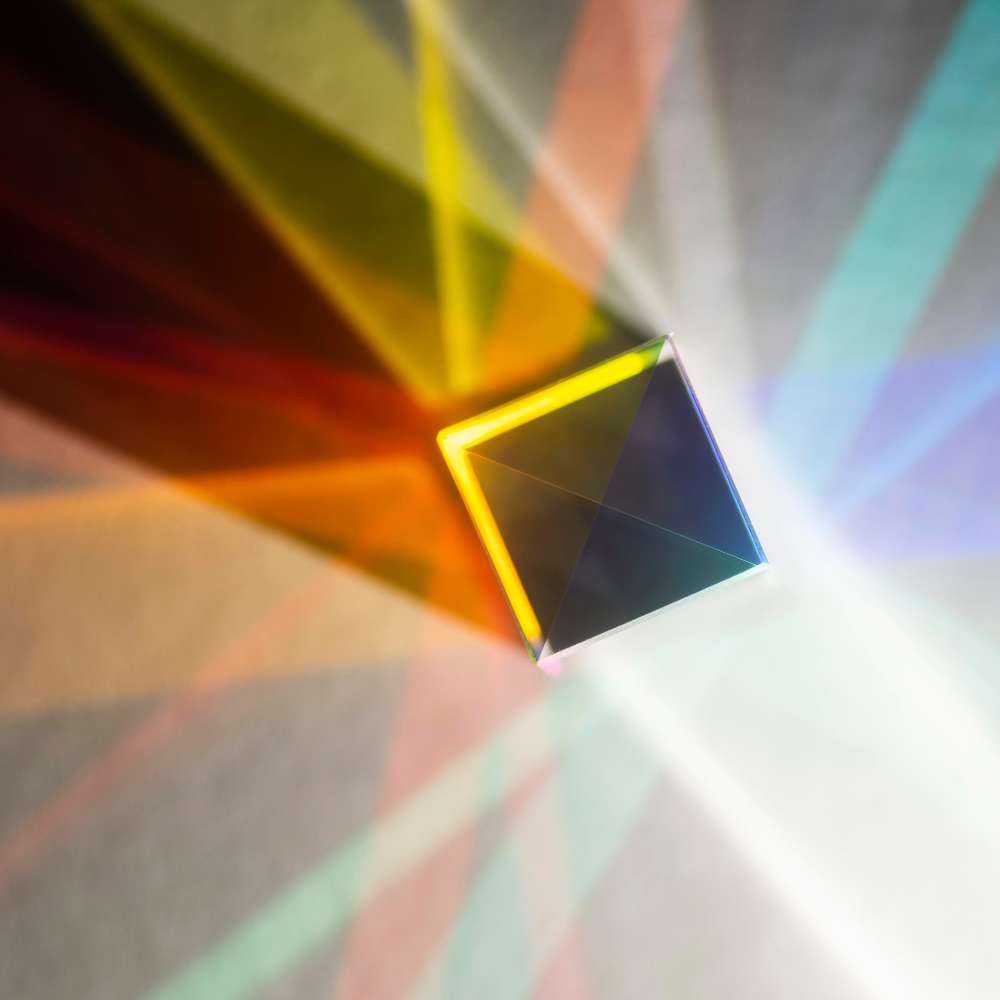
2 / Light and Colors
The principles of transparency allow children to learn about the relationship between light and color. Children can play with light and colors through the use of transparent objects such as colored tiles, cellophane, or paint on water. In the early years, we use wooden colored blocks with color tinted glass in varying rainbow colors and sometimes it contains glitter, beads, or colored water. It comes in small blocks for small world play or large blocks used to encourage the use of gross motor skills.
When large windows or the sun are not available, we make use of overhead projectors to transmit light to these colored blocks.
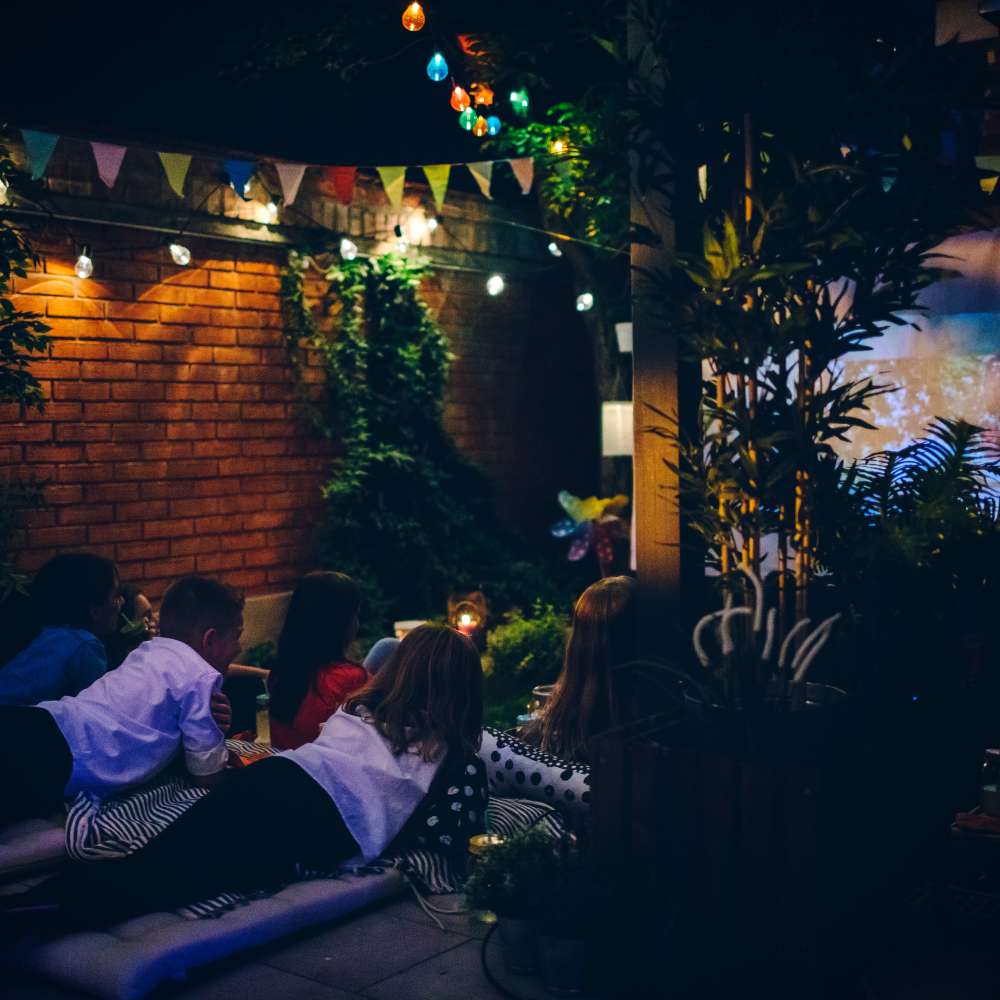
3 / Projecting Lights
If you still have the old overhead projector or have the modern ones, you can make use of these to project light on a wall. It can be a shadow setting or moving objects from the computer. What we do in daycare is run a video of animals in the background either in a jungle setting, under the sea, or in the world of penguins. Children interact with the movement on the wall by touching them, making some shadows themselves, mimicking movements or animal sounds, doing a dance around the space, or sitting down to watch the wonder of the world.

4 / LED Light Boards
LED Lightboards are usually used by designers or architects in their fabrication drawings. In the early years, we make use of these boards to set up a light provocation for children. The most common setup is to place X-ray sheets of either body parts or animal bones. In this photo, the early learning center cut the colorful fruits and vegetables into thin slices. Some use it to place flat objects underneath a white paper so children can trace the objects. We also use them to inspect different materials such as seeds, specimen insects, veined seasonal leaves, glitter, transparent colored shapes, or even more lights.
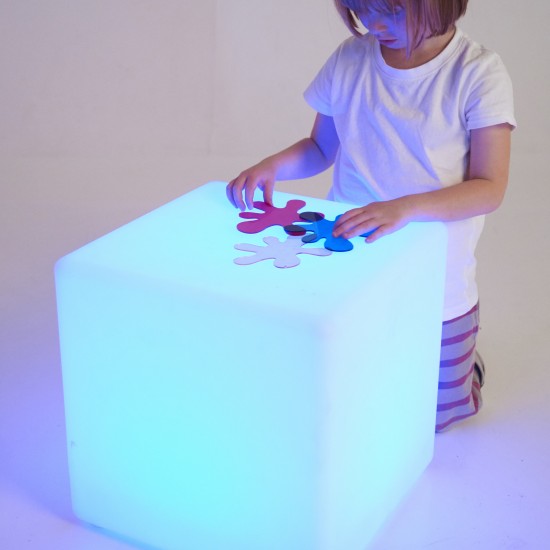
5 / LED Tables
LED Tables themselves are standalone tables that light up fully. They can be charged overnight so you can leave them wireless during the day. Some tables have varying light set-ups such as white color, single color, changing colors at a slow pace, or a quick one. These visually sensory tables can either be played with dry or wet materials since it has a catch on the top side. You can place some water and ice for some messy play. This table is also fine to be brought outside but just to be safe, keep it on the dry side.
Keep in mind when playing with light
Let’s keep in mind the safety of our children during play as electrical items can be a hazard. Please note safety precautions such as minding the electrical outlets and potential fire hazards. We have fire alarms, fire extinguishers, and even fire wardens in the early learning center but at home, these might not be available so supervision is required.
You also need to note the required sun protection for the day based on the UV rays. When going out with children, make sure to slip, slop, slap, seek, and slide. Slip protective clothing like long sleeves and pants, slop some sunscreen, slap a bucket hat, seek shade or shadow, and slide a pair of glasses.
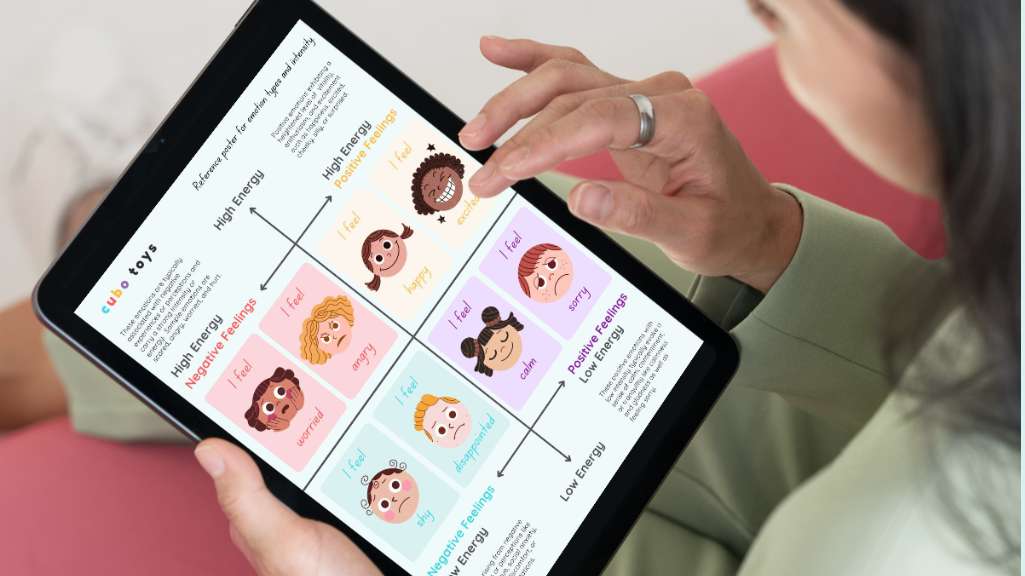
Get ready for smoother days~!
You can drive test our beautiful products by printing our social emotional learning lesson plans.


 Unwrap our holiday deals to gift to your pres
Unwrap our holiday deals to gift to your pres





